By Film Noir Blonde and Mike Wilmington
The Film Noir File is FNB’s guide to classic film noir, neo-noir and pre-noir on Turner Classic Movies (TCM). The times are Eastern Standard and (Pacific Standard). All films without a new review have been covered previously in Film Noir Blonde and can be searched in the FNB archives (at right).
Saturday, Feb. 21
11 p.m. (8 p.m.): “Deliverance” (1972, John Boorman).
3:45 a.m. (12:45 p.m.): “Klute” (1971, Alan Pakula).
Sunday, Feb. 22
1 a.m. (10 p.m.): “Dog Day Afternoon” (1975, Sidney Lumet).
3:15 a.m. (12:15 a.m.): “Network” (1976, Sidney Lumet).
Monday, Feb. 23
12 a.m. (9 p.m.): “All the President’s Men” (1976, Alan Pakula). Burglary and other high crimes and misdemeanors in a soon-to-be-legendary Washington D. C. hotel called The Watergate turn out to be instruments of re-election for the Nixon White House in their no-holds-barred 1972 presidential campaign — as uncovered by two dogged, relentless Washington Post investigative reporters named Bob Woodward and Carl Bernstein (Robert Redford and Dustin Hoffman).
One of the best true crime movies ever: directed with neo-noir flair by Pakula, knowingly scripted by Oscar winner William Goldman (based on the Woodward-Bernstein book), with a first rate cast that includes Oscar winner Jason Robards (as crusty mandarin editor Ben Bradlee), Jack Warden, Martin Balsam, Hal Holbrook, Ned Beatty, Jane Alexander and F. Murray Abraham. Maybe the best and most accurate of all “inside” dramas on American journalism and politics.
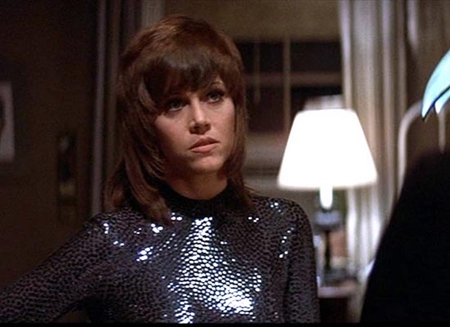





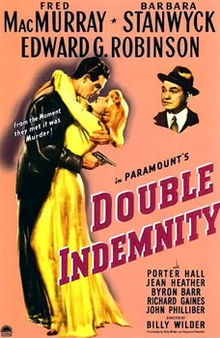
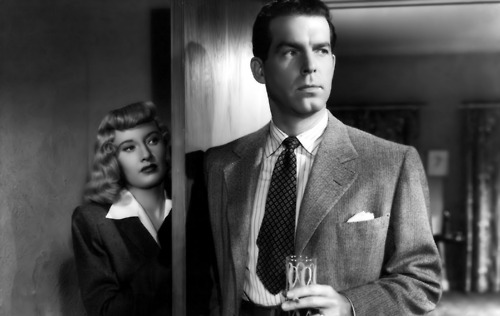
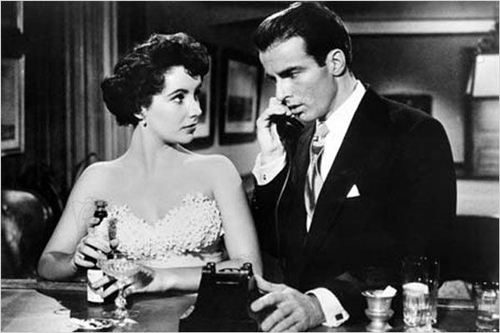
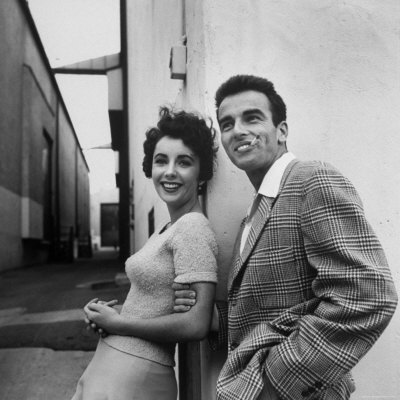
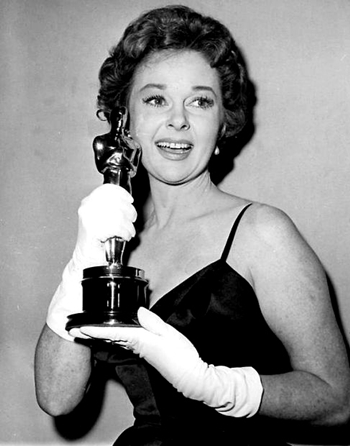
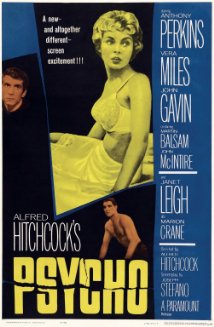

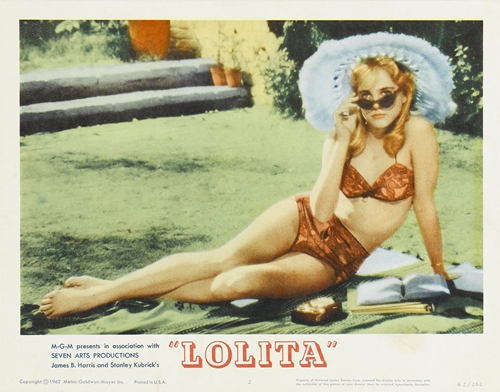
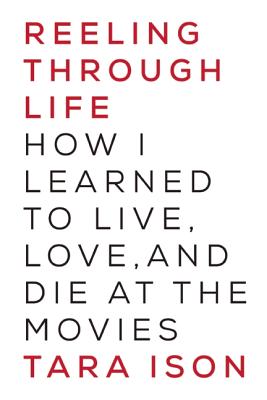
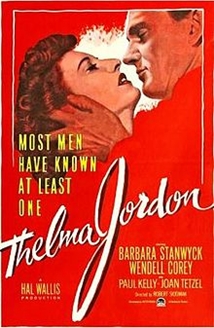
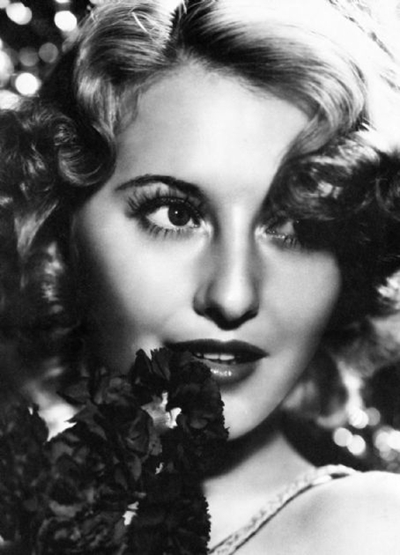
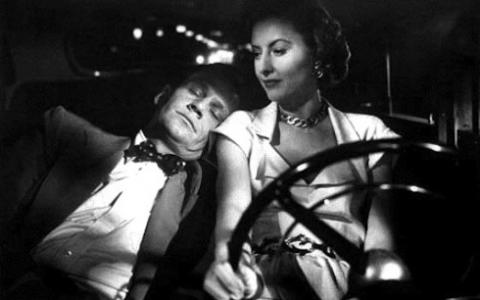
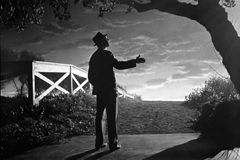
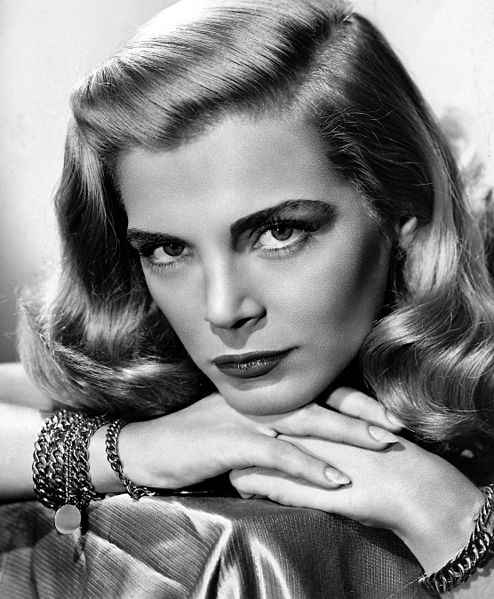

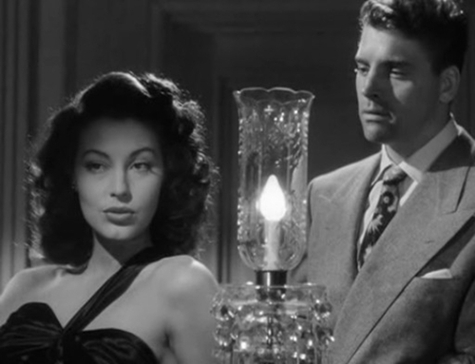

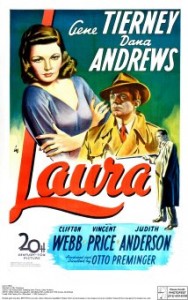
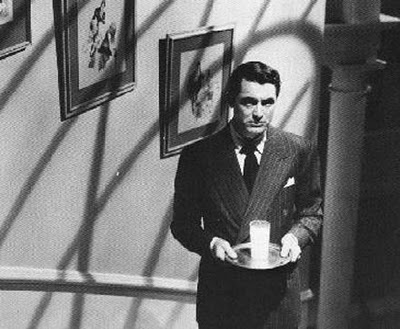
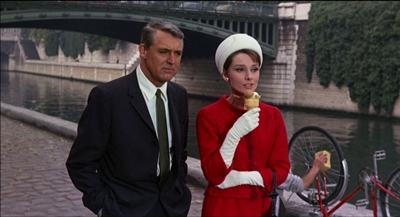
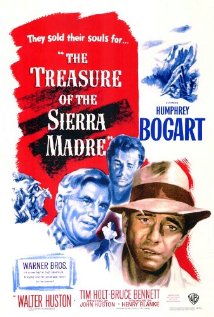
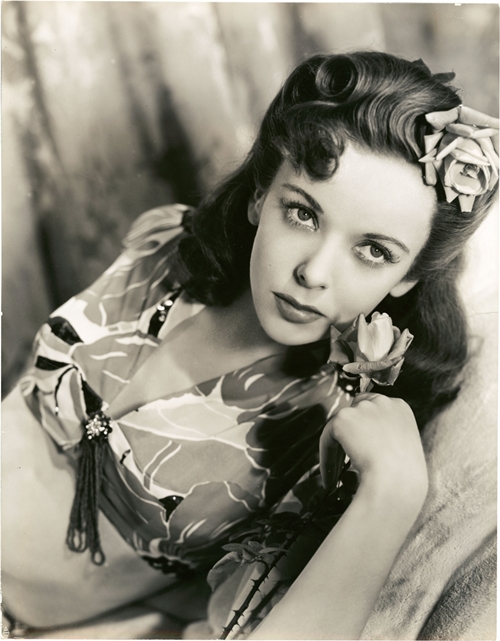
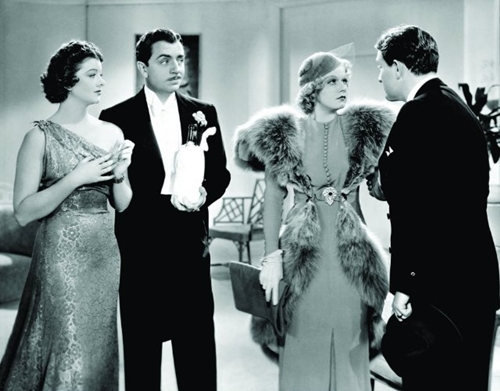





From FNB readers